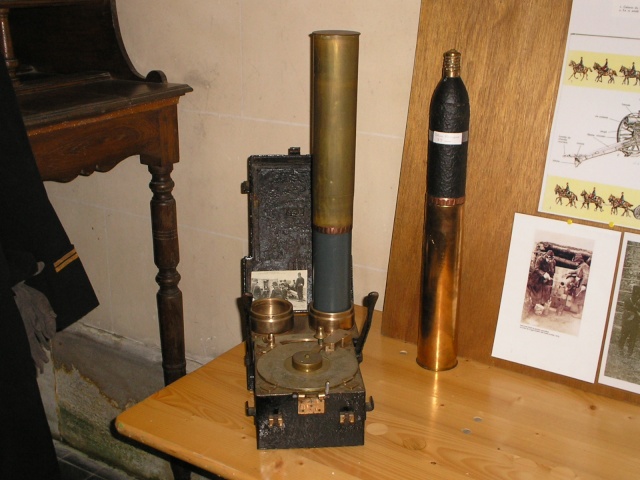Hi All,
Now that I have successfully "grabbed" your attention :eviltongue:, I would like to share my latest three WW1 French Beehive fuses which recently arrived....They are the "A 24/31mm Mle 1918" type fuses, which were mostly used on the 65, 75, 90, 105, 120 and 155 mm guns (HE shells)
The "A" denotes Allonge' ('Elongated') by the addition of an additional spire (6 spires instead of 5), graduated from 0 to 31 seconds. This extra time was required due to the increase range of the shell. A Robin-type percussion system was located in the tail.
They will clean up quite nicely - the middle pic shows where I brushed my special acid mix over and Bingo - almost as good as new!!!:wink:
The last pic shows a comparison with an "22/31mm Mod 1897/1916" time and percussion fuse, used famously on the 75mm shrapnel shell.
{Note that the time was set for 13 seconds.........it's the square hole punched on the spiral}
Enjoy!
Cheers
Drew
Now that I have successfully "grabbed" your attention :eviltongue:, I would like to share my latest three WW1 French Beehive fuses which recently arrived....They are the "A 24/31mm Mle 1918" type fuses, which were mostly used on the 65, 75, 90, 105, 120 and 155 mm guns (HE shells)
The "A" denotes Allonge' ('Elongated') by the addition of an additional spire (6 spires instead of 5), graduated from 0 to 31 seconds. This extra time was required due to the increase range of the shell. A Robin-type percussion system was located in the tail.
They will clean up quite nicely - the middle pic shows where I brushed my special acid mix over and Bingo - almost as good as new!!!:wink:
The last pic shows a comparison with an "22/31mm Mod 1897/1916" time and percussion fuse, used famously on the 75mm shrapnel shell.
{Note that the time was set for 13 seconds.........it's the square hole punched on the spiral}
Enjoy!
Cheers
Drew














